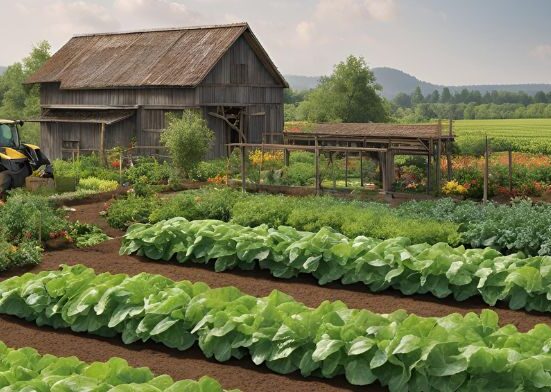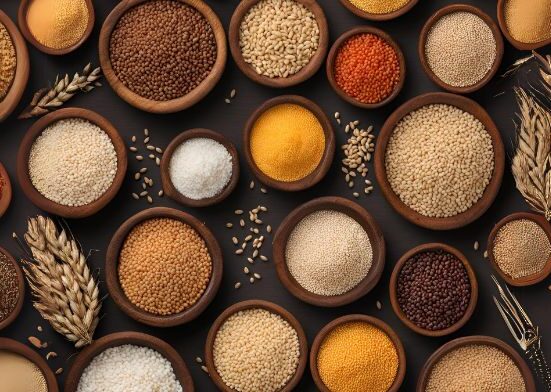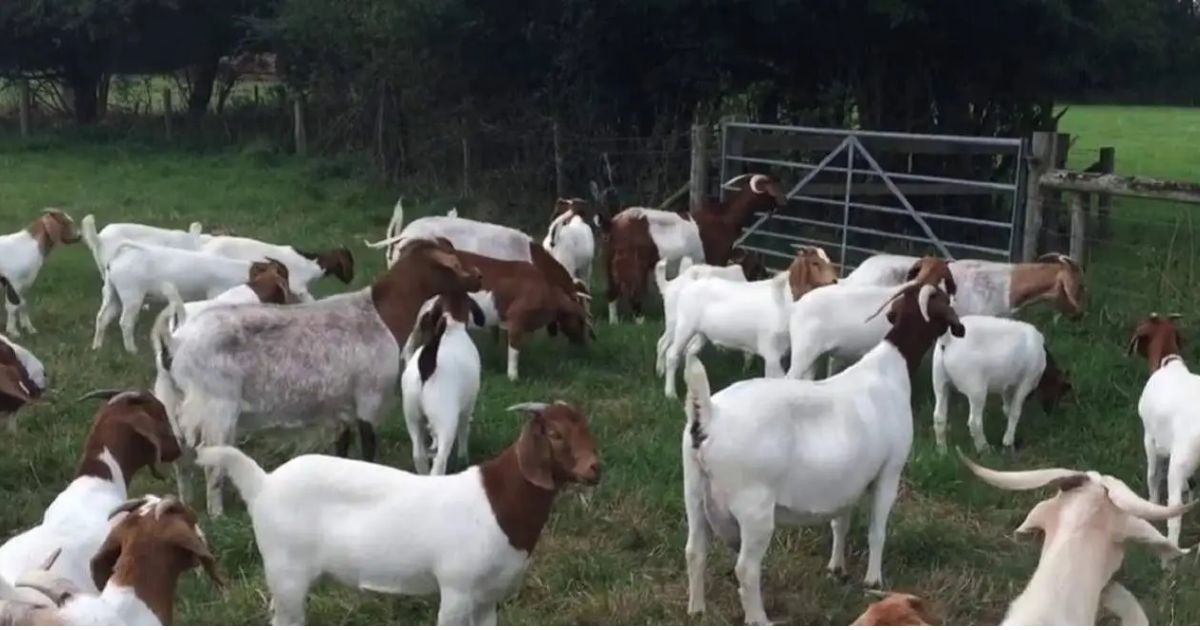Boer goats are one of the most popular and highly sought-after goat breeds in the world, especially among farmers and homesteaders who are looking to raise goats for meat production. Originating from South Africa in the early 1900s, these goats were specifically bred for their exceptional meat quality, rapid growth rate, and high fertility. Today, Boer goats are widely recognised for their muscular build, docile temperament, and adaptability to various climates, making them a top choice for both small-scale and commercial farming.
Whether you’re a beginner looking to start goat farming or an experienced farmer wanting to diversify your livestock, Boer goats offer a profitable and rewarding venture. In this guide, we’ll dive deep into everything you need to know about Boer goats, from their characteristics and breeding practices to feeding, housing, and maximising profitability.
What Are Boer Goats?
Boer goats are a specialised meat goat breed that originated in South Africa during the early 20th century. The name “Boer” derives from the Afrikaans word for “farmer,” reflecting their South African heritage. Farmers have selectively bred these goats for rapid growth, high fertility, and exceptional meat production qualities, making them one of the most popular meat goat breeds worldwide.
Boer goats are easily recognisable due to their distinctive appearance:
- Body Size: They are large, stocky, and muscular, making them ideal for meat production.
- ColourColour Pattern: Typically,boer breeding have white bodies with reddish-brown heads; however, solid-coloured and spotted varieties also exist.
- Ears & Face: They have long, pendulous ears and a slightly convex (Roman) nose, giving them a unique and attractive look.
In addition to their appearance, Boer goats are known for their gentle temperament and hardy nature. They thrive in various climates and are highly adaptable, Modern Commercial Agriculture: making them a favourite among farmers worldwide. Another reason they’re so desirable is that their high reproductive rate (female goats) often gives birth to twins or triplets, which significantly increases farming profitability.boer goat are not only raised for commercial meat production but are also popular in show competitions and crossbreeding programs. When crossed with other goat breeds, they enhance the growth rates and meat quality of their offspring, making them a valuable option for increasing the productivity of goat farming.
Characteristics of Boer Goats
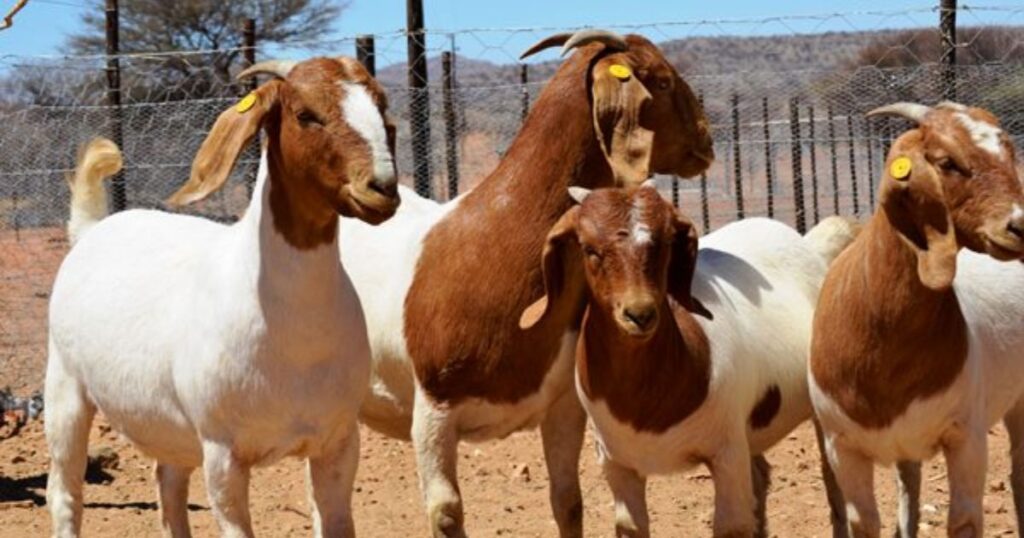
Boer goats are easily recognisable by their distinctive appearance: a white body with a red or brown head, though solid-colored or spotted variations exist. They have long, pendulous ears, a Roman nose, and a sturdy, muscular frame. Mature bucks typically weigh between 200 and 350 pounds (90 and 160 kg), while does weigh between 120 and 200 pounds (55 and 90 kg). Their robust build contributes to their excellent meat yield, with carcasses often achieving a high muscle-to-bone ratio.
Beyond their physical traits, Boer goats are known for their docile and friendly temperament, making them manageable for beginners. They’re also highly adaptable, thriving in climates ranging from hot and dry to cold and wet, provided they have proper shelter and care. Their fertility and rapid growth enable kids to attain market weight in about six to eight months, making them a profitable option for farmers.what are boer goats used for
Getting Started: Choosing Your Boer Goats
Before starting your Boer goat herd, determine your goals: Are you raising them for meat, breeding stock, or exhibition? This will guide your selection process. Here are some tips for choosing healthy boer breed goat:
- Source Reputable Breeders: Purchase from established breeders or auctions with a track record of healthy, high-quality animals. Check for registration papers if you’re buying purebreds for breeding or showing.
- Health and Appearance: Look for goats with bright eyes, shiny coats, and no signs of lameness or illness. Avoid animals with runny noses, coughing, or poor body condition.
- Age and Purpose: For meat production, consider starting with weaned kids (3-6 months old). For breeding, select mature does or bucks with proven genetics.
- Budget: Purebred Boer goats can be expensive, with costs ranging from $200 to $1,000, depending on pedigree and quality. Crossbreds are often more affordable for beginners.
Always quarantine new goats for 2-4 weeks to prevent introducing diseases to your existing herd.
Housing and Fencing for Boer Goats
Boer goats are hardy but require proper housing and fencing to stay healthy and secure. Here’s what you need to know:
Shelter
- Basic Requirements: Provide a dry, well-ventilated shelter to protect goats from rain, wind, and extreme temperatures. A three-sided barn or shed is well-suited for most climates.
- Space: Allow 15-20 square feet per adult goat inside the shelter. Stress and the spread of illness are two consequences of overcrowding.
- Bedding: Use straw, wood shavings, or sawdust for bedding, and clean it regularly to prevent ammonia buildup and parasite infestations.
- Ventilation: Ensure good airflow to reduce respiratory issues, but avoid drafts in cold climates.
Fencing
- Height and Strength: goat breed boer breed are notorious escape artists. Use woven wire or high-tensile electric fencing at least 4-5 feet tall to keep them contained.
- Perimeter Checks: Regularly inspect fences for gaps or weak spots, as goats will take advantage of any opportunity to escape.
- Gates: Install sturdy gates that latch securely to prevent accidental openings.
Pasture and Grazing
Boer goats thrive on pasture but aren’t as efficient browsers as other breeds. Rotate pastures to avoid parasite accumulation and overgrazing. A general rule is 6-8 goats per acre of quality pasture, though this varies based on land fertility and supplemental feeding.
Feeding and Nutrition
For Boer goats to grow, reproduce, and be healthy overall, proper nutrition is essential. Their diet should include:
- Forage, including pasture, browse (shrubs and trees), and hay (such as alfalfa, timothy, or mixed grass), forms the backbone of their diet. Ensure hay is free of mould and dust.
- Grain and Supplements: For growing kids, pregnant does, or show goats, provide a grain-based feed formulated for goats (14-16% protein). Avoid overfeeding grain, as it can lead to digestive issues such as bloat or acidosis.
- Minerals: Offer a loose mineral mix formulated specifically for goats, containing essential minerals such as copper, selenium, and zinc—place mineral feeders in a dry, accessible area.
- Water: Provide clean, fresh water at all times. Tomato Companion Gardening: Best Plants to Grow With Tomatoes goats boer goats can consume 1-2 gallons of water per day, with higher consumption in hot weather or during lactation.
- Treats: Occasional treats, such as carrots or apples, are fine, but avoid toxic plants (e.g., azaleas, rhododendrons) and human foods like bread.
Monitor body condition to adjust feeding. A Boer goat with a Body Condition Score (BCS) of 2.5-3.5 (on a 5-point scale) is ideal for health and reproduction.
Health Care and Common Issues
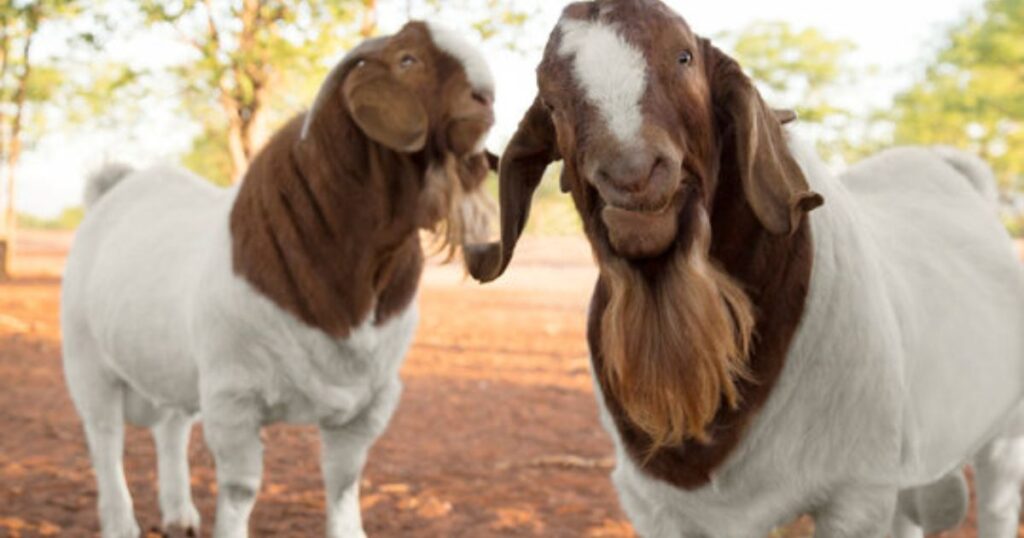
Boer goats are generally healthy, but proactive care is essential to prevent and manage common health issues. Work with a veterinarian to develop a health plan, including:
Vaccinations
- CD&T Vaccine: Protects against Clostridium perfringens (overeating disease) and tetanus. Administer to kids at 6-8 weeks, with a booster 3-4 weeks later, and annually for adults.
- Other Vaccines: Depending on your area, consider vaccines for pneumonia or caseous lymphadenitis (CL).
Parasite Control
- Internal Parasites: Worms like Haemonchus contortus (barber pole worm) pose a significant threat. Use faecal egg counts to monitor parasite loads and deworm only when necessary with products such as ivermectin or fenbendazole. Rotate pastures and avoid overcrowding to reduce parasite exposure.
- External Parasites: Check for lice, mites, or ticks, and treat with approved insecticides if needed.
Hoof Care
- To avoid overgrowth, trim hooves every 6–8 weeks. , which can cause lameness. Use hoof shears and keep goats on dry ground to minimise the risk of foot rot.
Common Health Issues
- Bloat: Caused by overeating lush pasture or grain. Prevent by introducing new feeds gradually and providing baking soda on a free-choice basis.
- A common cause of respiratory infections is inadequate ventilation or stress. Symptoms include coughing, nasal discharge, and lethargy. Consult a vet for antibiotics if needed.
- Johne’s Disease: A chronic wasting disease. Test new goats and maintain good sanitation to prevent the spread of disease.
Regularly observe your goats for changes in behaviour, appetite, or appearance, as early detection is key to effective treatment.
Breeding Boer Goats
Breeding Boer goats is both an art and a science. Their high fertility and short gestation period (145-150 days) make them prolific producers. 5 Common Mistakes In Sprinkler System Design Here’s how to manage a successful breeding program:
Selecting Breeding Stock
- Bucks: Choose bucks with strong genetics, good conformation, and a proven breeding history. Avoid overly aggressive bucks, as they can injure does.
- Does: Select does with good mothering ability, high fertility, and a history of producing healthy kids. Avoid does with birthing difficulties.
- Breeding Age: Does can be bred at 8-12 months if they’ve reached 70-80% of their mature weight. Bucks are typically fertile by 6-8 months.
Breeding Management
- Breeding Season: Boer goats are seasonal breeders, with most does cycling in fall (August-November). However, some do cycle year-round in warmer climates.
- Buck-to-Doe Ratio: One buck can service 20-30 does per season. Introduce the buck to the does for 30-45 days to ensure successful breeding.
- Estrus Detection: Does in heat exhibit signs such as tail wagging, vocalising, and increased restlessness. Cycles occur every 18 to 21 days.
Pregnancy and Kidding
- Gestation Care: Provide pregnant does with extra nutrition, especially in the last 6 weeks. Avoid stress and overcrowding.
- Kidding Preparation: Set up a clean, dry kidding pen with bedding. Monitor closely as their due date approaches.
- Assisting Birth: Most female boer goats does kid without assistance, but be prepared to intervene if a kid is malpositioned or the doe is struggling. Consult a vet for complicated births.
- Kid Care: Ensure the kids’ nurse receives colostrum within the first hour to boost their immunity. Boosting Soil Health: How To Improve Soil Health In Home Gardens Guide Disbud (remove horn buds) at 5-10 days if desired, and castrate male kids not intended for breeding at 8-12 weeks.
Weaning
Wean kids at 8-12 weeks, when they’re eating solid feed and drinking water independently. Separate bucks and does to prevent early breeding.
Marketing and Selling Boer Goats
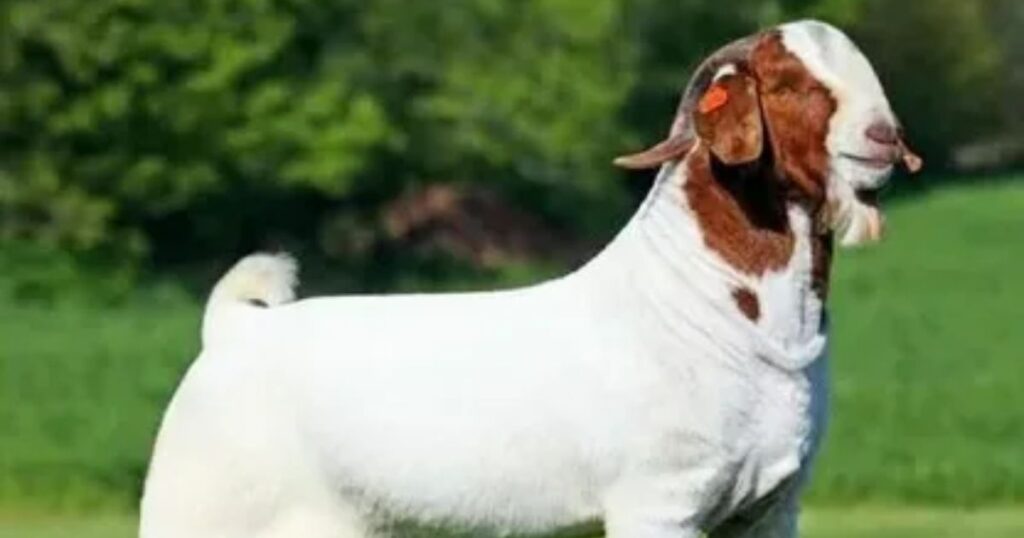
Boer goats offer multiple revenue streams, including meat, breeding stock, and show animals. Here’s how to market them:
- Meat Market: Sell kids at 6-8 months (60-100 pounds) to slaughterhouses, local butchers, or ethnic markets (e.g., for holidays like Eid or Christmas). Ensure compliance with local regulations for meat processing.
- Breeding Stock: High-quality purebreds with registration papers fetch premium prices. Advertise through breed associations, social media, or livestock auctions.
- Show Goats: Boer goats are popular in 4-H and FFA shows. Focus on conformation, grooming, and training to achieve success in competition.
- Direct Sales: Build a website or use platforms like X to promote your goats. Share photos, pedigrees, and testimonials to attract buyers.
Tips for Success
- Join a Breed Association: The American Boer Goat Association (ABGA) provides resources, networking opportunities, and show events.
- Keep Records: Track breeding dates, health treatments, and growth rates to improve herd management.
- Learn Continuously: Attend workshops, read up on goat farming, and connect with other farmers to stay informed and up-to-date.
- Sustainability: Practice rotational grazing and proper waste management to maintain land health and reduce costs.
Common Mistakes to Avoid
- Overfeeding grain can lead to digestive issues. Feed grain sparingly and prioritise forage.
- Neglecting Parasite Control: Regularly monitor and treat for parasites to prevent losses.
- Poor Fencing: Invest in strong fencing to avoid escapes and predator attacks.
- Skipping Quarantine: Always isolate new goats to protect your herd from disease.
Conclusion
Raising Boer goats is a rewarding endeavour, whether you’re producing high-quality meat, breeding stock, or show champions. Their adaptability, fast growth, and friendly nature make them an excellent choice for farmers of all experience levels. By providing proper housing, nutrition, health care, and breeding management, you can build a thriving Boer goat operation. Start small, learn from each season, Different Types of Cows and enjoy the journey of raising these remarkable animals. If you’re ready to take the next step, consider connecting with local breeders, visiting farms, or exploring resources on platforms like X to find inspiration and advice from the goat farming community. Happy farming!
FAQ
1. How much does a Boer goat cost?
The price of a Boer goat depends on its age, quality, and purpose. On average, a healthy Boer kid costs $150 to $300, while high-quality breeding stock can range from $500 to over $1,000.
2. How long do Boer goats live?
Boer goats typically live for 8 to 12 years with proper care, balanced nutrition, and regular veterinary checkups. Some well-maintained goats can live up to 15 years, especially when kept in healthy, stress-free environments.
3. Are Boer goats suitable for beginners?
Yes, Boer goats are an excellent choice for beginners due to their docile nature, adaptability, and ease of management. They require moderate care, making them ideal for small-scale farms, homesteads, or anyone new to goat farming.
4. What’s the ideal climate for Boer goats?
Boer goats thrive in warm, semi-arid climates, but because of their great adaptability, they can live in a variety of settings. Proper shelter, good ventilation, and dry bedding are essential to keep them healthy in colder or wetter regions.
5. How profitable is Boer goat farming?
Boer goat farming can be highly profitable due to their rapid growth rate, high fertility, and strong demand for their meat. Farmers earn from meat sales, breeding stock, and crossbreeding programs, making them one of the most lucrative goat breeds.




